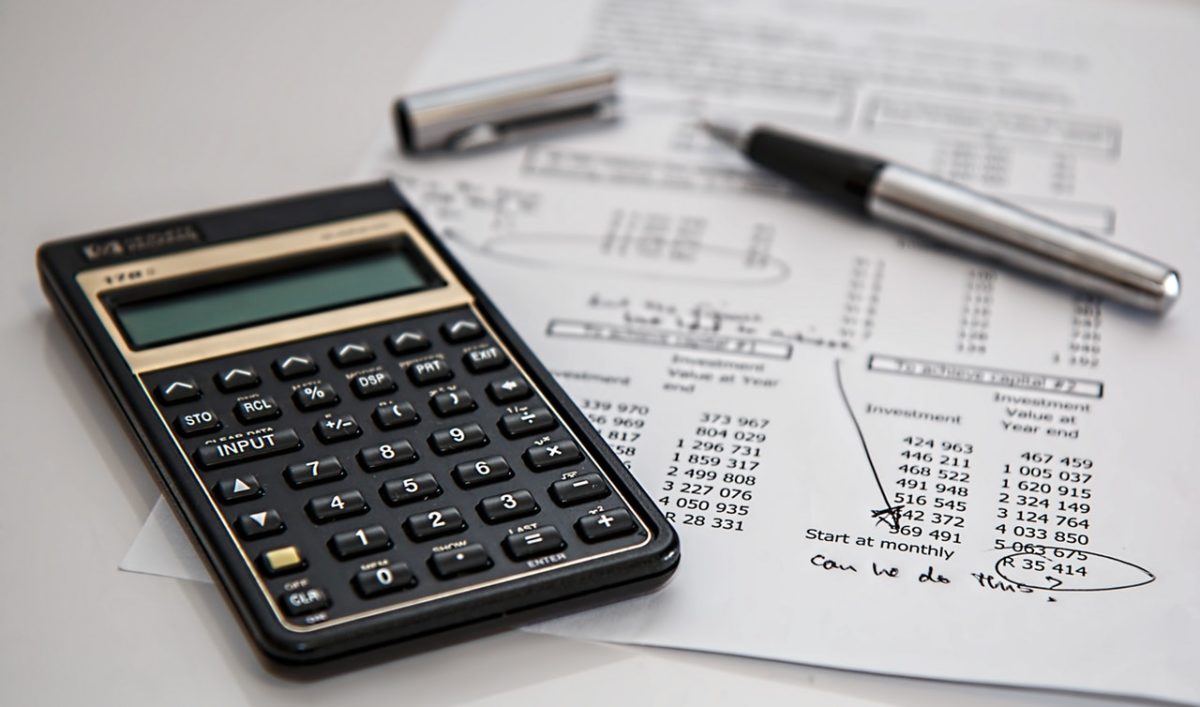Tracking Expenses
Hopefully you have all created a preliminary budget before your season started. Things like how much will rent, utilities, repairs and maintenance, salaries etc cost you (if not check out this article here.) Now hopefully you are also tracking your expenses to see how much you are actually spending (if not check out this great article on tracking expenses.) Taking the time to create a budget and then reviewing the budget is a great way to track expenses ensuring that you are focusing your spending on the areas that will grow your business.
Reviewing Your Budget
In order to measure how your budget is working out, it’s important to compare your initial budget to your actual tracked expenses. At the beginning of each semester, I try to plan out my expenses. At the end of the semester, I take the time to review the actual expenses and compare the variance. I ask myself some questions about the differences.
- Why was my projected and actual spending different? Was there something specific I spent on that wasn’t planned? If so, what was it?
- Was the cost justified? Meaning if I went over or under budget was it a necessary expense?
I then use that information to create a revised budget for next session.
Sharing the Budget
Sometimes, I share the budget and the budget variance with employees at team meetings. In my experience, sharing the budget with staff can automatically makes them more aware of their spending patterns. This is especially true of staff that are involved in purchasing. It makes the staff feel involved and empowered and motivated to help reduce spending.
I like to take the time to listen to the input of the staff that are assisting with ordering and purchasing. They will have their own ideas on how to keep your budget balanced and in check. For instance, last time I reviewed the budget with my staff, one of my coaches suggested that instead of purchasing our crafts supplies online, we visit our local 99 cents store. After crunching the numbers, I realized it would actually be way more efficient and cost effective. The local 99 cents store had the lowest prices for most of our arts n crafts supplies. We immediately implemented that change. The business saved money and the coach who suggested the idea became especially vigilant with spending frugally. Seeing her own idea come to life motivated and excited her to lead the other staff to practically implement her idea.
Budget Variance
Below is a visual depiction of the expense variance that occurred one semester.
And here’s the spreadsheet version to compare the projected vs. actual expenses. We used percentage formulas in excel to see the variance percentage of how close/far we got to our original projections. (When you share these projections with your staff you can compete towards closing that percentage and getting as close as possible to a 0% variance as a fun, friendly competition.)
| Expense Category | Planned Expenses | Actual Expenses | Expense Variances | Variance Percentage |
| Employee Compensation Costs | $100,000 | $150,000 | ($50,000) | -50.00% |
| Operational Costs | $85,000 | $95,000 | ($10,000) | -11.76% |
| Marketing Costs | $15,000 | $50,000 | ($35,000) | -233.33% |
| Professional Development | $10,000 | $5,000 | $5,000 | 50.00% |
| TOTALS | $210,000 | $300,000 | ($90,000) | -42.86% |
Analyzing the Results
When I reviewed the numbers in detail, we realized that some of our marketing tools are really expensive. We started researching other marketing options. We also realized that were were wasting money in the operations category. (Even though we were spending less than projected.) This is because we were purchasing everything from Amazon instead of comparing prices.
I hope that you can do the same exercise with your program. Save money while utilizing your resources most efficiently. Let us know how budgeting is going for your program in the comment section below.


